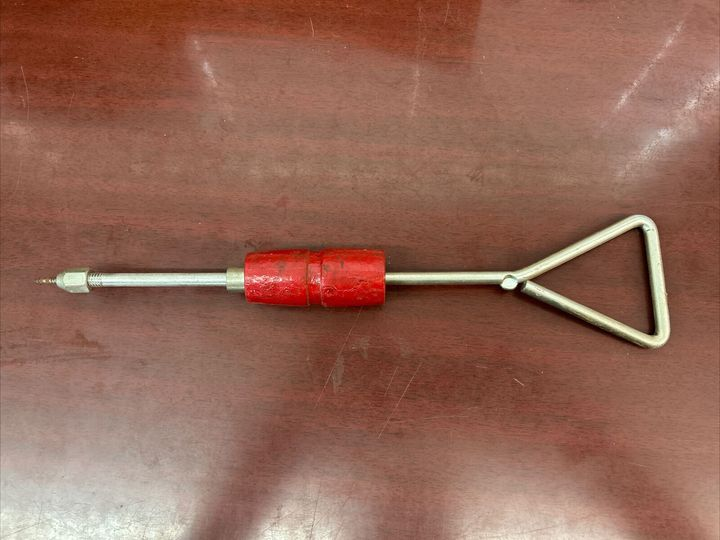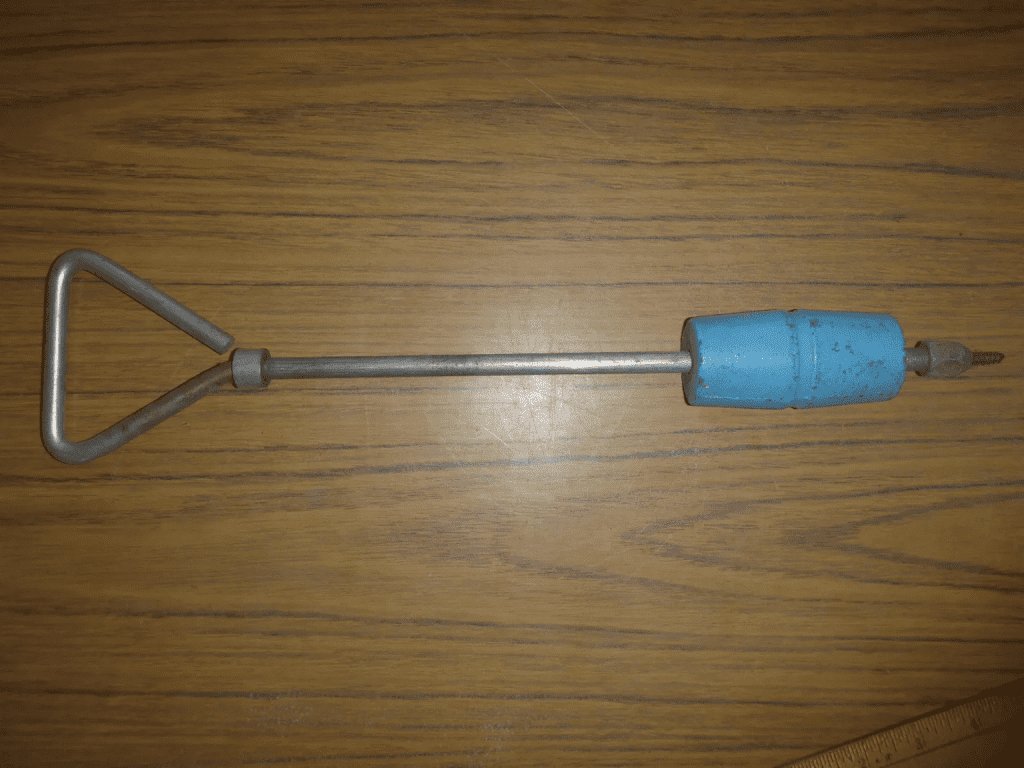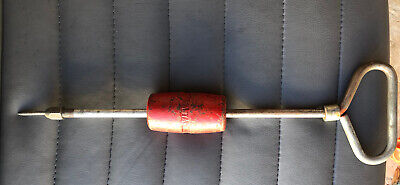In the world of automotive repair, dent pullers are essential tools for maintaining vehicle aesthetics and structural integrity. Vintage dent pullers, in particular, hold a special place in the history of auto body repair, representing a bygone era of craftsmanship and ingenuity. Over time, these tools have evolved significantly, shaping modern repair techniques while highlighting the timeless importance of manual skill. This article delves into the history, usage, and legacy of vintage dent pullers and their continued relevance in today’s world.

The History of Vintage Dent Pullers
Dent pullers emerged during the early days of the automobile industry when metal vehicles were prone to dents and dings from accidents, manufacturing defects, or everyday wear and tear. As cars became more common, the need for reliable and effective dent repair tools became apparent.
In the mid-20th century, dent pulling tools were designed to fix imperfections without requiring the replacement of entire panels or the repainting of large areas. Early versions were rudimentary, with a simple frame, pull rod, and either a suction cup or a gripping mechanism. These tools demanded considerable physical effort from technicians but were highly effective for the era.
As automobiles became more advanced, so too did the technology behind dent pullers. While early models were entirely manual, later iterations incorporated more sophisticated materials, better designs, and improved ergonomics to reduce the physical strain on the user. However, even with advancements in technology, the basic principles of pulling and reshaping metal remained unchanged, demonstrating the effectiveness of the original designs.
How Vintage Dent Pullers Were Used
Vintage dent pullers were primarily used by auto body repair professionals to remove dents without damaging the vehicle’s paint or structural components. The process was relatively straightforward, though it required significant skill and experience to achieve optimal results.
Attaching the Tool: Depending on the design of the dent puller, a suction cup, glue pull system, or mechanical clamp was attached to the dented area of the car. Suction cup systems were more common for minor dents, while mechanical clamps were used for deeper, more challenging imperfections.
Applying the Pulling Force: Once attached, the technician would apply a pulling force by manually operating the tool, pulling the metal back into shape. The strength of the pull varied based on the size and depth of the dent, and in many cases, a series of gradual pulls were necessary to restore the panel to its original form.
Restoring the Shape: The key to using vintage dent pullers effectively was precision. Unlike modern tools that can be calibrated or automated, these vintage models relied entirely on the skill of the technician to determine the amount of force required. With careful attention, technicians could repair dents without damaging the paint, avoiding the need for costly repainting or part replacement.
The Benefits of Vintage Dent Pullers
Preserving the Original Paint: One of the major advantages of vintage dent pullers was their ability to repair dents while preserving the vehicle’s original paint. This not only maintained the car’s aesthetic value but also helped owners avoid the high costs associated with repainting large sections of a vehicle. Vintage dent pullers were particularly useful for small to moderate dents that didn’t penetrate the paint or metal deeply.

Cost-Effective Repairs: Using a dent puller allowed technicians to complete repairs without the need to replace entire panels or sections of the car, making the process far more cost-effective. For both the vehicle owner and the repair shop, this meant reduced labor costs and a quicker turnaround time. The vintage dent puller was a revolutionary tool in that it made automotive repair more accessible and affordable for the average car owner.
The Legacy of Vintage Dent Pullers
The influence of vintage dent pullers can still be felt in modern automotive repair shops. Although today’s tools are often powered by electricity and feature sophisticated designs, the fundamental concept of pulling and reshaping metal remains central to dent repair. The precision required in using vintage dent pullers has informed the design of modern tools, which aim to replicate the accuracy of these manual devices but with added efficiency.
Influence on Modern Tools: Today’s paintless dent repair (PDR) techniques have their roots in the principles established by early dent pullers. Modern PDR tools, while more advanced, continue to draw on the same mechanics of pulling and tapping metal back into place, allowing technicians to repair dents without damaging the paint.
A Nod to Craftsmanship: Collectors and automotive enthusiasts often seek out vintage dent pullers, not only for their functionality but for the craftsmanship and history they represent. These tools symbolize a time when manual skill and attention to detail were paramount in the automotive repair industry. Restored vintage dent pullers often serve as functional decor in workshops or as part of antique tool collections, reflecting the artistry behind their design.
The Role of Manual Skill in Dent Pulling
Perhaps one of the most significant aspects of the vintage dent puller is the manual skill required to use it effectively. Unlike many of today’s automated tools, vintage dent pullers relied entirely on the technician’s expertise to determine how much force to apply and how to maneuver the tool for optimal results.

This emphasis on hands-on skill created a generation of auto body repair professionals who understood the nuances of metalwork. Vintage dent pullers represented not just a tool, but a means of developing a craft. For many, using these tools required years of experience and a deep understanding of the materials they worked with, from the type of metal used in car panels to the paint coatings that covered them.
Collecting and Restoring Vintage Dent Pullers
Vintage dent pullers have found a home in the world of collectors and restoration enthusiasts. Restoring these old tools to their former glory has become a rewarding hobby for many, offering a glimpse into the history of automotive repair.
Collectors often seek out dent pullers made from durable materials like cast iron or steel, as these tend to have lasted the longest. Restoration projects usually involve cleaning and polishing the metal components, ensuring the pull mechanisms work smoothly, and sometimes replacing worn-out wooden handles.
Conclusion
The vintage hand crank dent puller is a timeless piece of automotive history that symbolizes the skill, craftsmanship, and ingenuity of a past era. These tools played an essential role in shaping the modern world of automotive repair, laying the foundation for techniques that are still in use today. Whether admired for their functionality or collected for their historical significance, vintage dent pullers remain an enduring symbol of precision and craftsmanship in the automotive industry.
By reflecting on their history and impact, we gain a deeper appreciation for the innovation that continues to shape the tools we use to this day.


